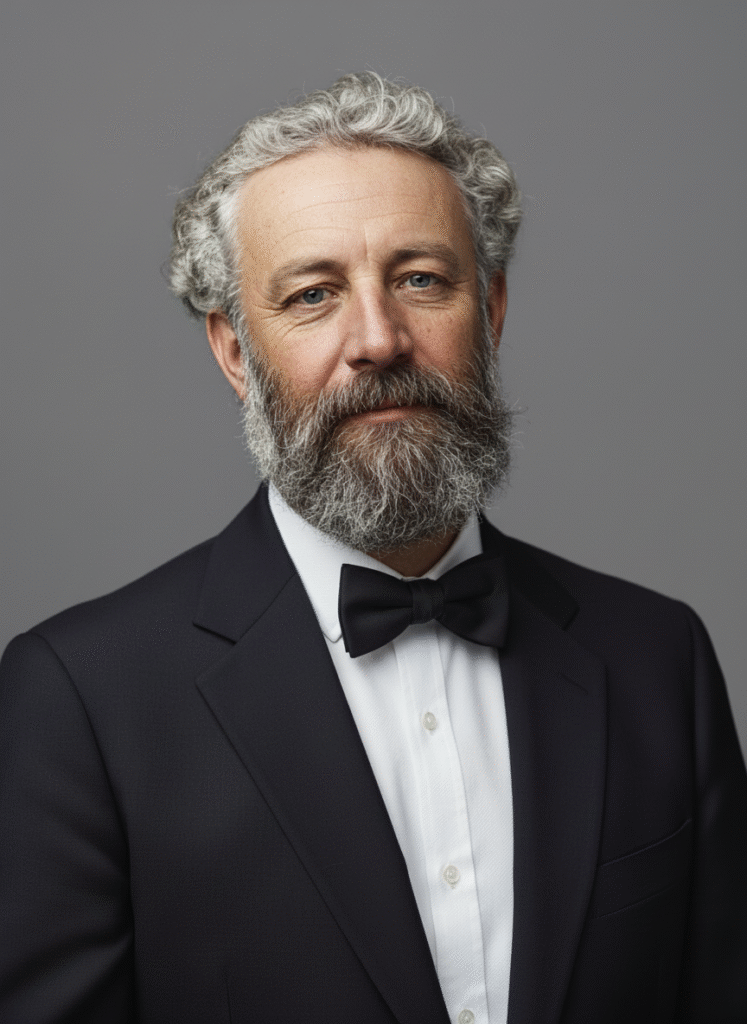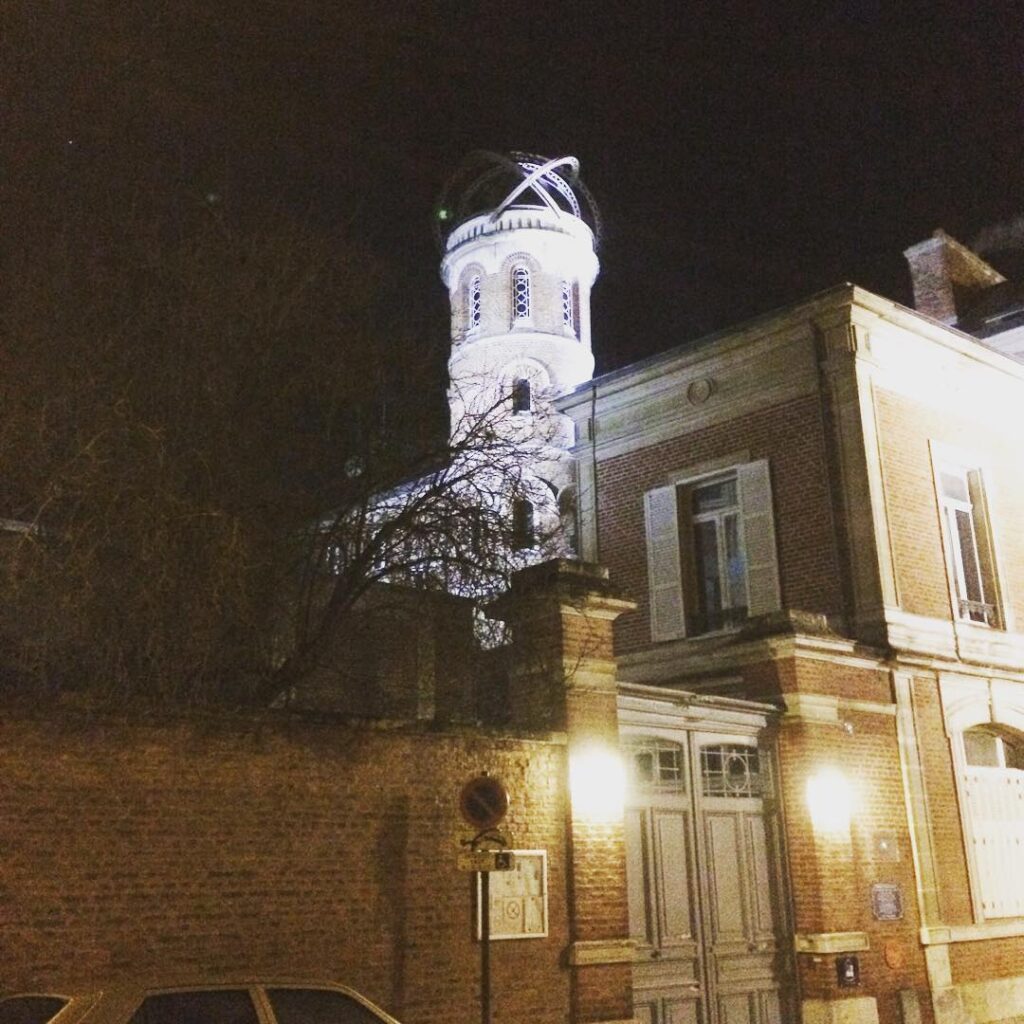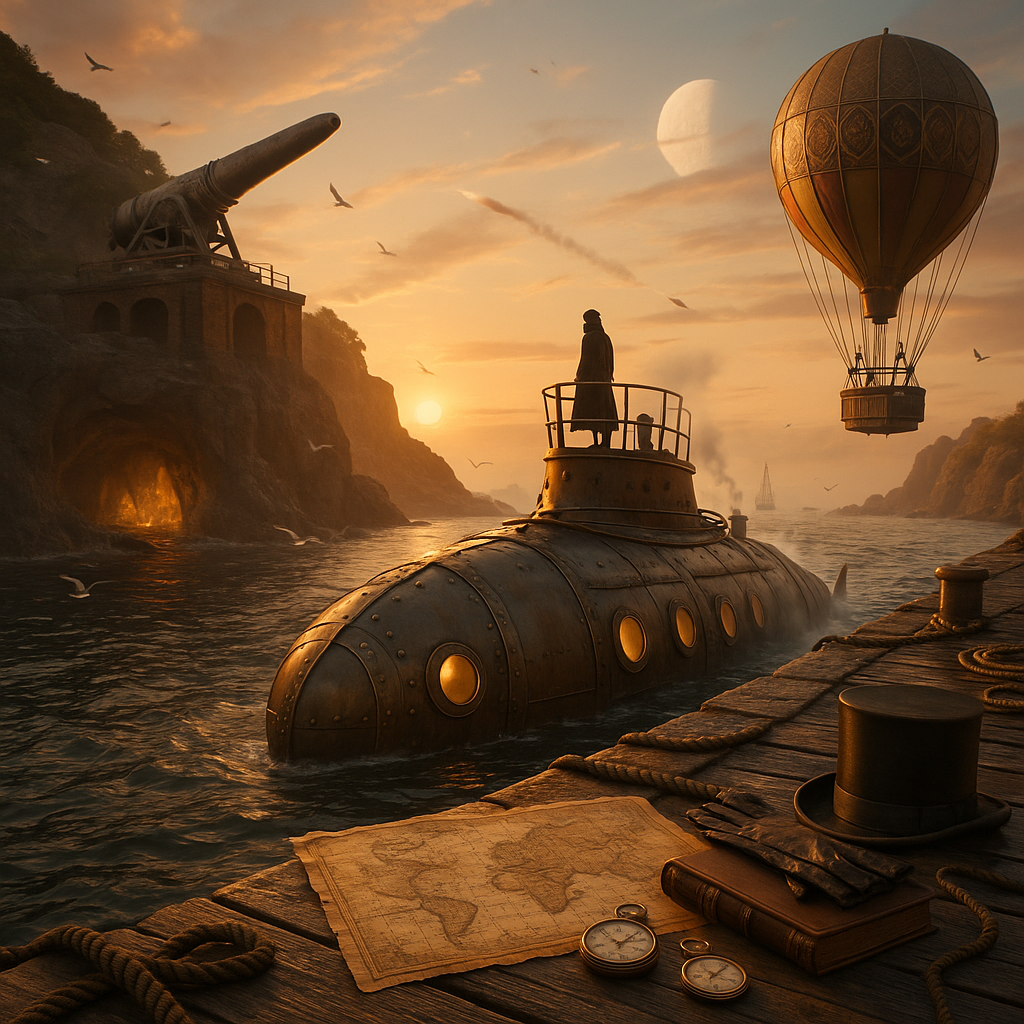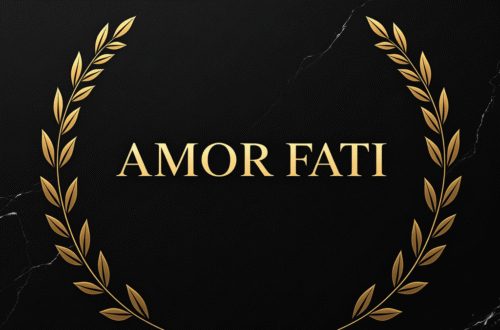During my time off, I sometimes watch cartoons I used to watch as a kid. A way of awakening for my inner child to dream and visualise an optimistic future where people do their dream jobs. Dreaming about a better world than we live today. Where humans keep exploring and being curious about their environment, Earth and beyond. Kids are truly unlimited adventurers, their imaginations are boundless and their curiosity insatiable. They approach life with enthusiasm and they see limitless possibilities where adults see limitations.
I love listening to the child within me and I often remember this quote from the 5AM club from Robin Sharma. “Adults are nothing more than deteriorated children who have forgotten their dreams.” On a gloomy rainy day off, I took time to reflect about my inner child. When I remember my childhood, I can’t stop thinking about my hometown Amiens. As rain drops trickle down the window with the dark clouds passing. I sat down on the sofa in the dark and remembered about the area I was born.
The outskirts of Amiens where I was born was once home to one of the greatest novelist, playwright and poet of his time. Jules Verne was way more than that. He inspired millions across the globe to be a visionary and adventurer. Amiens became his anchor, the quiet city where his dreams took shape with stories that invited humanity to dare, to discover, and to never stop wondering. From the depths of the sea to the heart of the stars, Jules Verne showed that the real voyage of discovery begins not with a map, but with a question: What if?
Growing up in the spirit of Jules Verne
To be honest as an Amienois (People from Amiens), I never visited his house which is a museum today. But I grew up in the spirit of Jules Verne. The house where he got most of his inspirations to write most of his best seller novels. In a quiet room with a desk facing the window, alone in silence watching the town with its cathedral. He knew that we never get inspirations and insights in the noise. Like so many great people who ever lived he cherished his time alone. Like myself I love to be alone walking in parks or in urban areas.
There’s so many references I grew up with, like the Nautilus from the 20 Thousands Leagues Under the Sea. It’s also the name of the swimming pool where I first learned to swim. I was around 10 years old and overcame my fear of the water. My first time going to a Circus was the permanent one built with bricks and rooftiles. Built in 1889 for the centenary of the French revolution, Jules Verne pronounced the speech of inauguration.
He was very active in community life in Amiens, he is an example for me in term of living in community. Amiens was dear to his heart like it’s still the case for me, but his involvement for the town inspire me to be involved more in life in London and the UK. Not in politics like him, but through coaching individuals and organisations. Sharing my knowledge in high performance and making people dreaming and unlocking their potential. Not just in London but around the world.
I always loved Sci-fi movies that made me dreaming as well as intellectual conversations. Growing up with so many references such as street names, plaques, busts in Amiens, his grave in La Madeleine cemetery or even local events kept his presence around me.

His vision of the future
I remember my teachers at primary school talking about his vision on how the future would look like. I assume futuristic was one of his strengths lol. My teachers taught us how almost everything he’s dreamed of became reality. He had a vision of the future well beyond his century so let’s put the list here.
- Space vehicles launched from Florida and ocean splashdown recovery, details in from the Earth to the Moon eerily mirror aspects of U.S. launch geography and capsule recovery. Also the launch of astronauts to the Moon and bringing them back.
- High‑speed transit concepts magnetic/compressed‑air propelled trains and a lit, electrified city infrastructure appear in Paris in the Twentieth Century.
- Cars, highways, skyscrapers, elevators, fax-like machines, electronic music, WMDs, mass media networks (proto-Internet) Paris in the Twentieth Century (written 1863, published 1994) depicts a 1960s city with gasoline cars, paved highways, high-rises with elevators, document transmission machines, networked communication resembling the Internet, and an entertainment/recording industry for electronic music. It also satirizes tech-dominated education and mass culture.
- Jukeboxes and “holographic” projections, the Carpathian Castle features recorded sound with projected images resembling early ideas of holography and automated music playback.
- Audio newscasts/TV news in the Year 2889 imagined spoken daily news delivered to subscribers, anticipating broadcast news.
- Video calling (videoconferencing) the “phonotelephote” in In the Year 2889 envisioned transmitting images and sound over distance.
- Helicopters/rotorcraft Robur the Conqueror depicted a rotor-driven aircraft conceptually akin to helicopters.
- Electric submarines Nautilus in Twenty Thousand Leagues Under the Sea anticipated battery-electric submersibles and detailed onboard systems similar to later research subs like Alvin.
Limitless Dreams
As I reflected sat down all alone on my sofa, thinking about how we humans get inspirations. We never get inspiration in the noise, it’s always in silence in moment of solitude and quietness. He did not only envisioned the future with accuracy but he also had limitless dreams. It stands at the crossroads of science and wonder. Where facts spark fables and the real world opens onto the fantastical. While he’s known as a pioneer of science fiction. The fantasy in his work is not elves and enchantments it is the enchantment of possibility. His magic is the belief that the world can be remade by curiosity, courage, and a pencil sketch that dares to become a blueprint.
Journey to the center of the Earth transforms geology into a grand unreal prehistoric skies flicker under stone. It’s an invitation to a dreamlike exploration in an unknown realm where the explorers face darkness, fear, and the pressure of the unknown. And they keep going driven by wonder. And when they finally reemerge, it’s not just from the Earth’s core, but from their own transformation. These fantasies are about daring to dream.
It’s never too late to start dreaming
When I look back in my journey, I used to believe it was too late for me to start dreaming at the age of 30. But did you know Jules Verne wrote his first best seller book five weeks in a balloon at the age of 35? Dreaming is for all ages because the human potential is unlimited. Before that, he’d tried careers, collected rejections, and spent years studying in libraries, refining a voice that the world hadn’t heard yet. His journey led him to become the father of sci-fi.
His path is a reminder: your timeline is your own.
- Growth isn’t linear. Verne’s 20s weren’t “wasted years”they were apprenticeship. Research, drafts, false starts, and life experience became the fuel for the stories that followed.
- Skill compounds. The reading, note-taking, and curiosity he nurtured didn’t expire at 30. They matured. When his opportunity came, he was ready to meet it with depth and discipline.
- Reinvention is allowed. Verne pivoted from law and the stock exchange toward literature. Changing lanes in your 30s (or 40s, 50s…) isn’t failure it’s strategy.
- Persistence beats speed. He wasn’t the youngest debut, but he kept going. One “yes” at 35 opened doors to Twenty Thousand Leagues Under the Sea, Around the World in Eighty Days, and a legacy still alive today.
The House of Jules Verne
The house of Jules Verne is a familiar building to me I often passed by it. I grew up seeing the like astronomic tower on top. It’s a tall mysterious building with its red bricks and rounded tower, standing like a gateway to another world. Even as a child, I could feel something magical about it, as if his imagination still lived within those walls. It wasn’t just a house; it was a reminder that dreams could take you anywhere.

The house of Jules Verne in Amiens is more than a museum it used to be a birthplace of unlimited dreams. Within its walls, countless inspirations were born, ideas that would one day shape the future of humanity. It was there that Verne imagined journeys to the moon, submarines beneath the sea, and machines that would one day exist beyond fiction. His home became a turning point in human imagination, a silent spark that ignited generations of explorers, inventors, and dreamers. From his fascination with astronomy and the mysteries of the universe, he planted seeds that would later blossom into real space travel and technological revolutions.
Final words
Jules Verne never travelled the world like his characters in his novels. Perhaps Verne’s tale was never just about geology or science. Perhaps it was always a metaphor for the inner voyage a reminder that adventure begins not when we step into new lands, but when we dare to go deeper into ourselves. Jules Verne reminds us that imagination is not an escape from reality, but a doorway to a deeper truth. His stories journeys to the center of the Earth, voyages beneath the sea, and adventures around the world were born from limitless ideas and fearless creativity. Verne lived in a world of his own making, one that defied the limits of his time and invited others to dream beyond theirs.
Like him, we each hold a universe inside us a place where our fantasies breathe, our truths unfold, and our creativity shapes the world we wish to see. Living from that inner world is not madness; it’s courage. It’s choosing to create rather than conform, to imagine rather than imitate, and to live by the compass of our own truth.
Long before humanity reached the stars, Verne dreamed of them his fascination for astronomy and space exploration was a bridge between science and imagination. Jules Verne didn’t just study the stars he became one of them, shining for all who dare to dream without limits.
What unexplored territory in your life is calling for your curiosity and courage?
What dream feels impossible today but could become your reality if you dared to believe in it?
If your ideas could plant the seeds of the future, what kind of world would you want to inspire?






